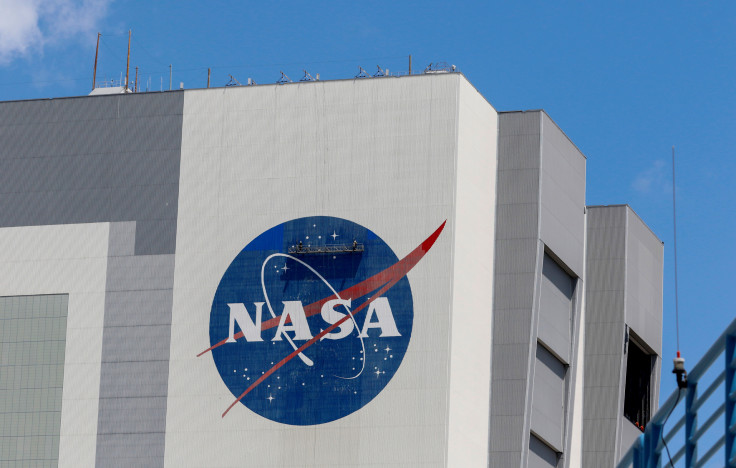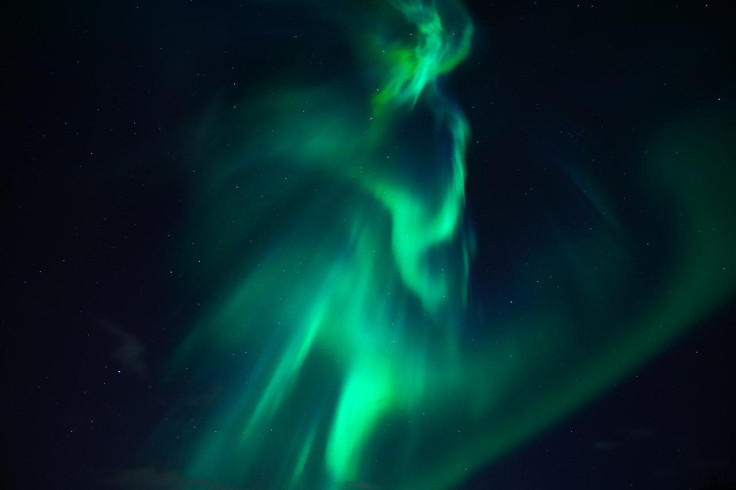
NASA and other space weather experts are warning of heightened solar activity this month, with a new sunspot region on the Sun releasing one of the most powerful flares recorded so far this year.
According to reports, the recent X2.7-class solar flare—the most intense type—was recorded early Wednesday. It followed another X-class eruption just a day earlier and coincided with shortwave radio blackouts across North America, Southeast Asia, South America, Africa and parts of the Middle East.
The flares are part of a larger uptick in solar activity, which scientists say is consistent with the Sun entering its 'solar maximum' phase—the peak of its 11-year cycle when solar storms and flares become more frequent and intense.
What Are Solar Flares—and Why They Matter
Scientists explain solar flares as sudden explosions of energy from the Sun's surface, often occurring near sunspots where magnetic fields are particularly strong. These flares are classified in escalating order of strength: A, B, C, M, and X. Each class represents a tenfold increase in intensity, with additional number values indicating even more precise strength levels.
This week's X2.7 flare is not only powerful in classification but also significant in its impact. According to forecasters at NOAA's Space Weather Prediction Centre, the flare occurred as the Sun was directly over the Middle East, which led to about 10 minutes of high-frequency radio signal loss in that region.

Shawn Dahl, a forecaster at NOAA, said in a written statement, "Other than the likelihood of [high-frequency] communication degradation due to some shortwave fade issues, we are unaware of any other likely or possible impacts.'
Could These Flares Trigger Blackouts?
It's a fair question—and one that arises whenever solar activity ramps up. The short answer is yes, but it's rare.
Solar flares do not directly knock out power grids. However, when accompanied by coronal mass ejections (CMEs)—huge clouds of charged particles—they can interact with Earth's magnetic field in ways that disrupt power transmission systems.
Past incidents, such as the 1989 blackout in Quebec, show that severe geomagnetic storms can indeed affect power supplies. In that case, a CME overloaded the regional grid, causing a widespread outage. So far this year, no comparable damage has been reported.
NOAA has also noted that while the latest flares have disrupted HF radio temporarily, there's currently no indication of further power-related effects.
Solar Flares May Amplify Auroras
Beyond the risks, there are also remarkable sights. As solar storms interact with Earth's magnetic field, they can produce more vivid and widespread auroras.

The charged particles excite atoms in the atmosphere, producing the familiar green and pink glows seen during the Northern and Southern Lights.
Recently, supercharged auroras have been lighting up skies far beyond their usual latitudes. With more active sunspot regions rotating into view, experts predict more auroral displays in the coming weeks—potentially visible from areas not typically treated to such spectacles.
The Bigger Picture: Solar Maximum
According to experts, this heightened activity is part of a broader cycle.
The flares are part of a larger uptick in solar activity, which scientists say is consistent with the Sun entering its 'solar maximum' phase—the peak of its 11-year cycle when solar storms and flares become more frequent and intense.
Though Wednesday's X2.7 flare is the most powerful of 2025 so far, NOAA notes that 'it was not the largest of the sun's current activity cycle. The highest flare, also known as a monster flare — an X9.0 eruption — erupted last year in October.
What Happens Next?
With multiple sunspot regions currently facing Earth and more flares expected, space weather experts continue to issue updates. NASA and NOAA are monitoring the situation using spacecraft like the Solar Dynamics Observatory, which has captured dramatic images of these recent flares.
While the latest activity isn't the most extreme ever recorded, it's a strong reminder of the Sun's dynamic nature.
According to NASA, people in aviation, maritime operations, astronauts and emergency communications are most likely to feel the immediate effects or the impact of solar flares. But for most of us, it means occasional signal interference or radio blackouts—and perhaps the chance to see nature's light show in the night sky.







